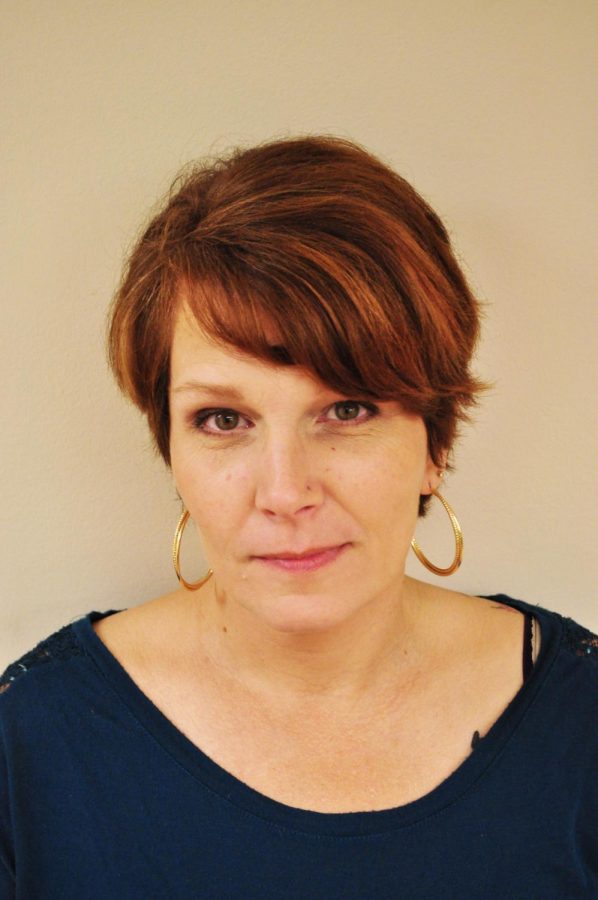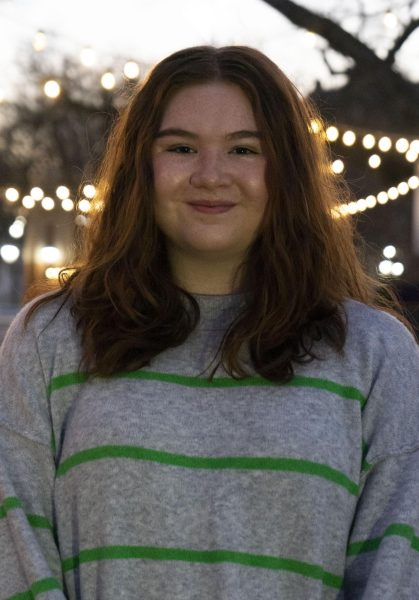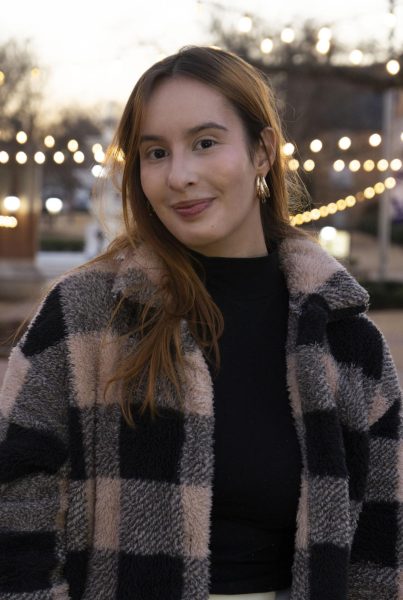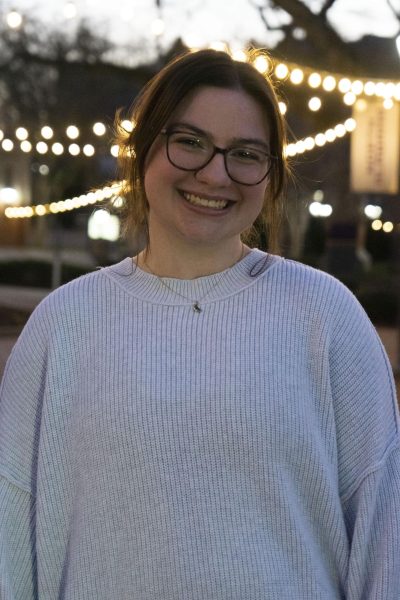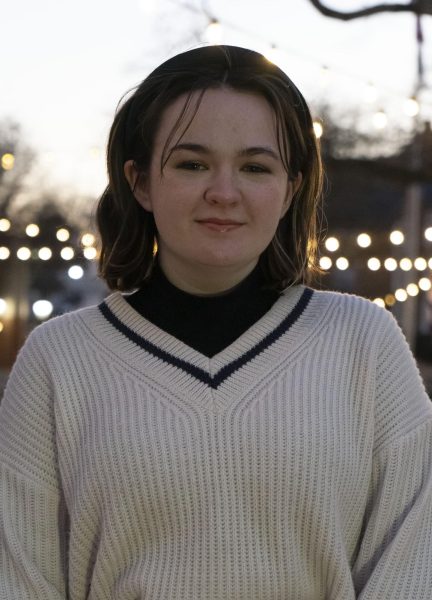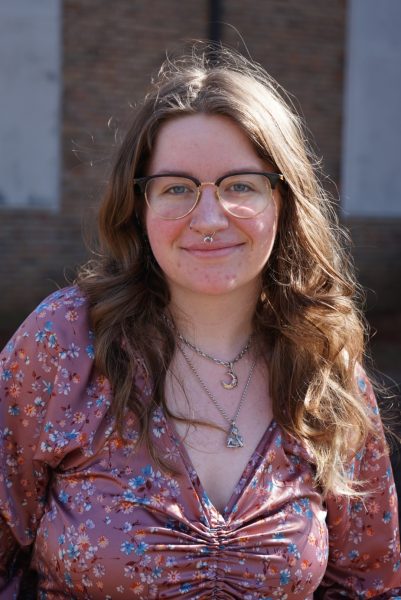Beauty standards restrict individualism and acceptance
March 4, 2016
Sports Illustrated recently featured a plus-size model, its first ever, on the cover of its coveted Swimsuit Edition. This woman, Ashley Graham, is a beautiful and intelligent business woman and model.
Former supermodel and two-time Sports Illustrated Swimsuit Edition cover girl Cheryl Tiegs did not agree with the magazine’s decision.
“I don’t like that we’re talking about full-figured women because it’s glamorizing them, because your waist should be smaller than 35 inches,” she said.
What kind of message is this sending to our young girls and young women?
Approximately 91 percent of women are unhappy with their bodies and resort to dieting to achieve their ideal body shape, according to dosomething.org.
What is this ideal body shape exactly? A typical female fashion model wears a size zero to four, even though the average American woman wears a size 14, according to Cosmopolitan.
More than 90 percent of teenage girls want to change at least one aspect of their physical appearance, according to a Dove global study. Body weight ranked the highest on their list.
Society has always placed pressure on women to look a certain way when the focus should be on being healthy and happy. I’m tired of seeing larger women put down, passed over and forgotten.
Yes, it is important to be healthy, but even skinny girls can be unhealthy. The point is, we are all beautiful individuals.
Who makes up this so-called society anyway? People I’ve spoken to like their girls, and guys, in all shapes and sizes.
Maybe mainstream media is finally taking the hint. It’s time to break the beauty standard and show the world who we are and what we like. Contact clothing manufacturers and let them know all sizes are necessary, and no one should be left out when it comes to fashion trends. Don’t be a victim of the Photoshop hype. You are beautiful. You are perfect. You are amazing.
To quote an old proverb, “Beauty is only skin deep.” Beauty is fleeting. It’s a person’s character that remains.


